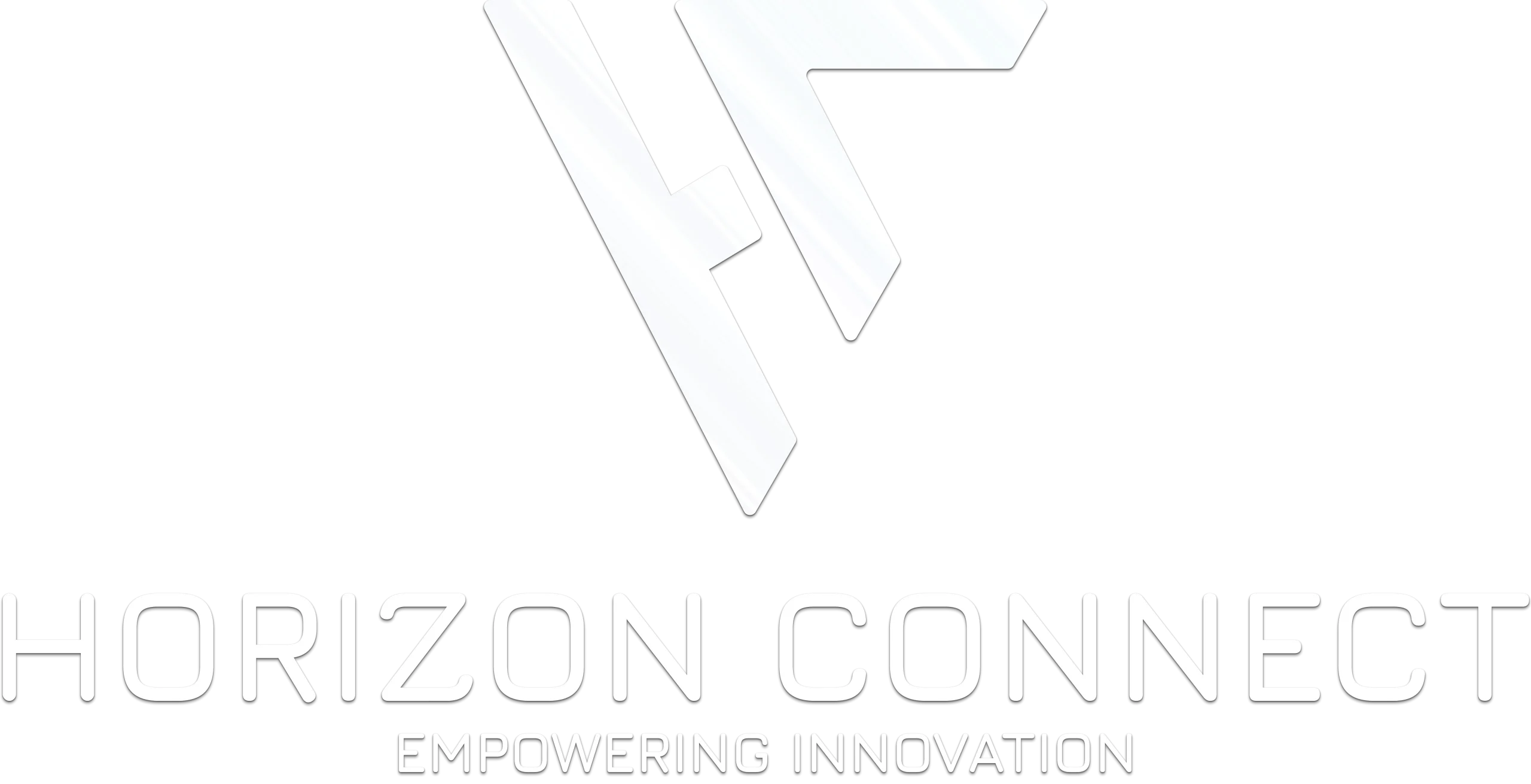In a world where urban populations are growing rapidly, MaaS connectivity is emerging as the technological foundation that links mobility services into seamless, data-driven systems. From real-time bus tracking to multimodal transport apps, connectivity enables Mobility-as-a-Service (MaaS) to unify transport options, reduce car dependency, and enhance commuter experience.
Whether you’re using public transit, e-scooters, ride-hailing, or car-sharing, MaaS connectivity ensures all these services work together through cloud platforms, IoT devices, and smart city infrastructure.
What is MaaS?
MaaS combines various transportation services, such as public transit, ride-hailing, bike-sharing, and car rentals, into a unified digital interface. Instead of owning vehicles, users access transport as a flexible, on-demand service.
How MaaS Connectivity Powers Urban Mobility
MaaS platforms depend on fast, uninterrupted connectivity between users, vehicles, and infrastructure. These systems pull live data from multiple sources—buses, trains, weather, traffic, and users—to optimize how people move across cities.
Key Technologies Behind MaaS Connectivity:
- IoT Sensors: Installed on vehicles and street assets, these provide real-time data on vehicle location, load capacity, and road conditions.
- Cloud Computing: Stores and processes large volumes of transport data, enabling seamless booking, trip planning, and payments.
- 5G Networks: Power real-time communications between vehicles and infrastructure, improving responsiveness and scalability.
- API Integration: Allows different transport services (e.g., train, ride-hailing, e-bike) to operate within a single user interface.
5G, Edge, and IoT: The Backbone of MaaS
The speed and efficiency of MaaS platforms are only possible with high-performance connectivity infrastructure:
- 5G & Edge Computing: Enable low-latency responses, such as rerouting buses in real time or adjusting traffic lights dynamically
- IoT Networks (NB-IoT, LoRa, Sigfox): Connect low-power devices like parking sensors and air quality monitors
- Cloud-Edge Hybrid Systems: Real-time decisions at the edge (local), deep analytics in the cloud (global)
The Future of MaaS and Connectivity
As 5G and smart infrastructure mature, MaaS platforms will evolve to include:
- Autonomous Vehicles Integration
- Voice-Activated Mobility Assistants
- Smart Traffic Light Systems
- Personalized Mobility Subscriptions
MaaS will not only be a service—it will become a city-wide digital nervous system, connecting transport, people, and data in real time.
Conclusion
MaaS connectivity is no longer a futuristic concept—it’s the foundation of smarter, cleaner, and more efficient urban transportation. By integrating real-time data, IoT devices, and high-speed wireless networks, cities can provide seamless, user-centric mobility experiences that reduce congestion and promote sustainability. As urban populations grow, the need for interoperable, connected transport systems becomes even more critical. At Horizon Connect, we are proud to support this shift by providing the secure, scalable connectivity infrastructure—like IoT SIMs, cloud integration, and 5G networks—that powers next-generation MaaS platforms. Together, we’re helping cities move better, smarter, and more sustainably.


